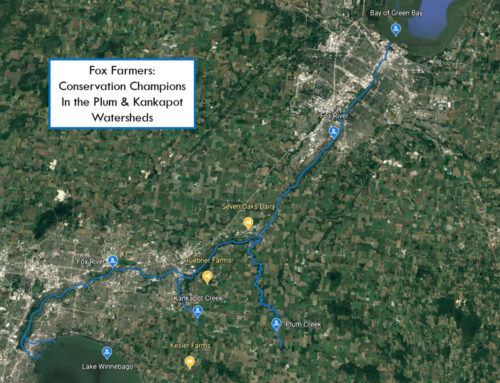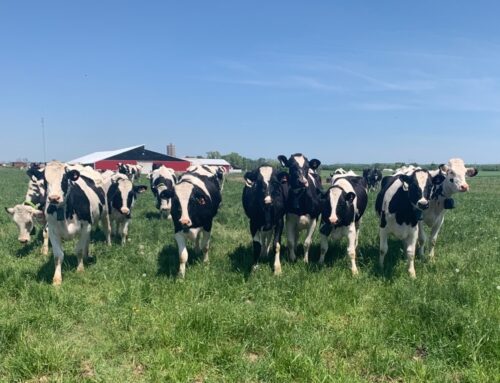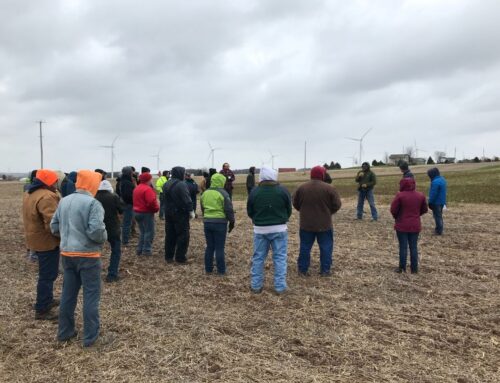Ann Arbor, Mich. – The Great Lakes Commission (GLC) announced today that it will award more than $1.5 million in grants to reduce the runoff of sediment, nutrients, and other pollutants into the Great Lakes and their tributaries through the Great Lakes Sediment and Nutrient Reduction Program.
“The Great Lakes Commission is proud to help our state and local communities improve water quality through the Great Lakes Sediment and Nutrient Reduction Program,” said Sharon M. Jackson, chair of the GLC and deputy general counsel to Indiana Governor Eric Holcomb. “This year we are thrilled to celebrate 30 years of conservation efforts and partnerships through this unique program. Over the last three decades, these projects have prevented millions of pounds of phosphorus and tons of sediment from reaching the Great Lakes. Congratulations to the 2021 grantees; your work contributes to a healthy Great Lakes basin.”
Each year, the Great Lakes Sediment and Nutrient Reduction Program provides competitive grants to local, state and tribal governments and nonprofit organizations to install erosion and nutrient control practices in the Great Lakes basin. These practices are important to preventing harmful algal blooms and dead zones. The program supports projects not typically funded by other federal cost-share programs, including innovative and unique practices. The 2021 projects generally focus on three approaches: long-term sediment and nutrient management through engagement with the agricultural community, streambank restoration, and green infrastructure.
The following grants have been awarded:

Funding for the Great Lakes Sediment and Nutrient Reduction Program is provided by the U.S. Department of Agriculture – Natural Resources Conservation Service under the Great Lakes Restoration Initiative (GLRI). Since it was first funded in 2010, the GLRI has provided more than $4 billion to fund more than 5000 projects across the Great Lakes region. The projects have cleaned up toxic hot spots, restored wetlands, helped to prevent the spread of aquatic invasive species and reduced harmful sediment and excess nutrients to the most significant surface freshwater resource on the planet, the Great Lakes.
More information about the projects is available at www.nutrientreduction.org.





